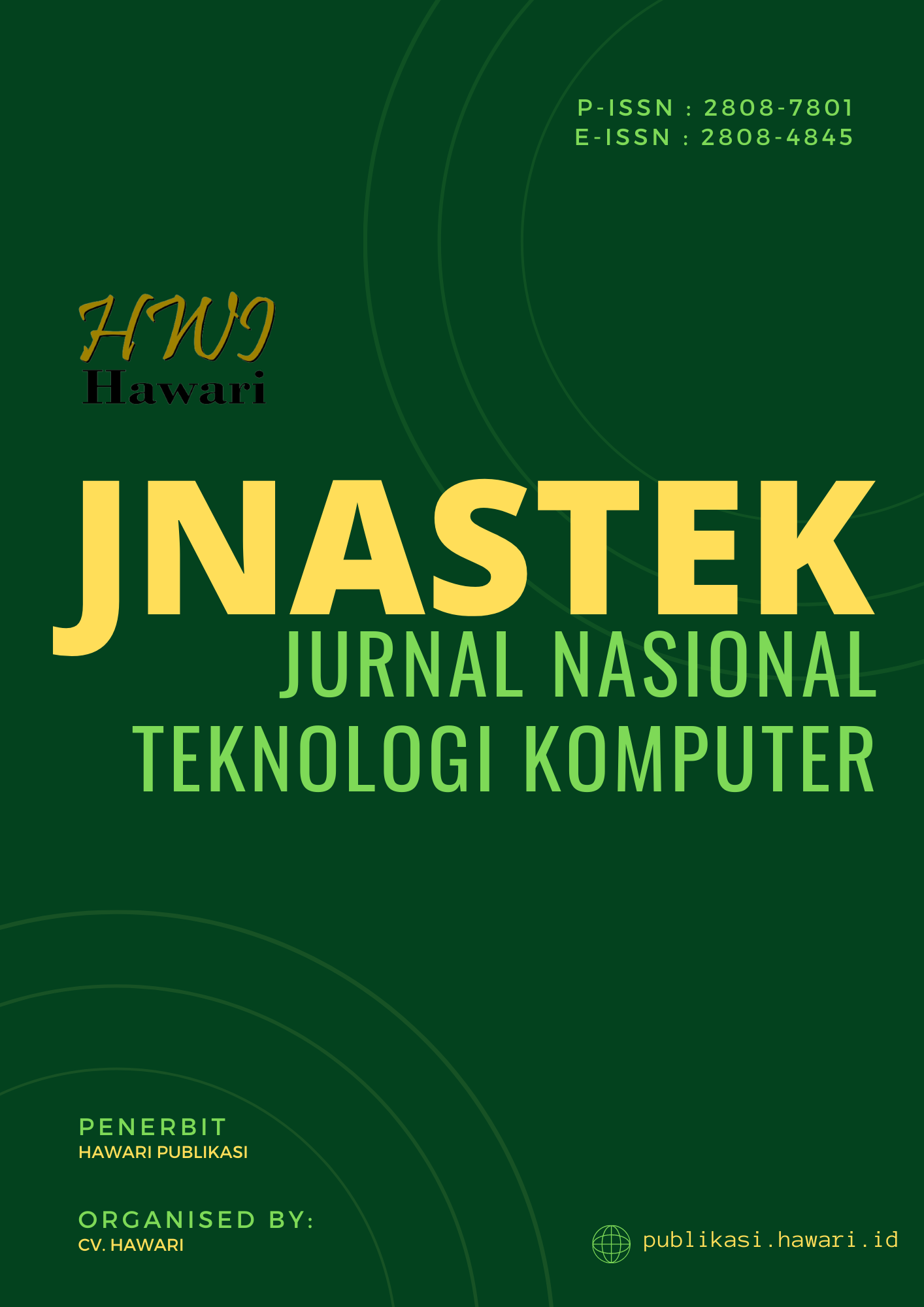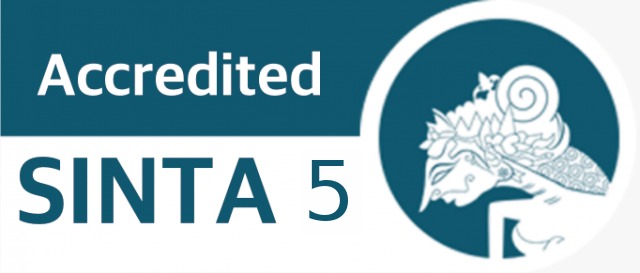Strategi Penanggulangan Kelemahan Terhadap Ancaman Keamanan Pada Jaringan Wireless
DOI:
https://doi.org/10.61306/jnastek.v3i2.89Kata Kunci:
wireless, wep, encryptionAbstrak
The use of wireless-based technology devices at this time is so much, good used for voice and data communications. Because wireless technology utilizes frequency high to deliver a communication, then the vulnerability to security is also higher compared to other communication technologies. Various security measures can be taken through communication devices used by users and by operators who provide services communication. Weaknesses of wireless networks in general can be divided into 2 types, namely weaknesses on the configuration and weakness on the type of encryption used. Broadly speaking, the gap on wireless network spans over four layers where the four layers actually are is the process of occurrence of data communication on wireless media. The four layers are layers physical layer, network layer, user layer, and application layer. The security handling models that occur in each layer of wireless technology can be done, among others, by: hide SSID, make use of WEP keys, WPA-PSK or WPA2-PSK, facility implementation, MAC filtering, installation of captive portal infrastructure.
Unduhan
Referensi
http://www.drizzle.com/aboba/IEEE/rc4_ksaproc.pdf
Jusua M.S., 2007, http://www.te.ugm.ac.id/~josh/seminar/hack ing-wifi-josh.pdf.
Network and Security Services, Generate Revenue Growth in 2002, Market Trends, ©2003 Gartner, Inc. and/or its Affiliates. All Rights Reserved.
Philipus Bayu MP, 2004, “Sistem Keamanan Bluetooth” ITB Bandung.
William Stalings, 1999, “Cryptography and Network Security :Principles and Practice”, 2nd Eddition, Prentice Hall, Inc.
Unduhan
Diterbitkan
Cara Mengutip
Terbitan
Bagian
Lisensi
Hak Cipta (c) 2023 Fachrid Wadly, Rio Septian, Zuhri Ramadhan

Artikel ini berlisensiCreative Commons Attribution-ShareAlike 4.0 International License.
HAK CIPTA
Hak cipta atas artikel apapun pada Jurnal Nasional Teknologi Komputer (JNASTEK) dipegang penuh oleh penulisnya dibawah lisensi Creative Commons Attribution-ShareAlike 4.0 International License.
1. Penulis mengakui bahwa Jurnal Nasional Teknologi Komputer (JNASTEK) berhak sebagai yang mempublikasikan pertama kali dengan lisensi Creative Commons Attribution-ShareAlike 4.0 International License - CC BY-SA.
2. Penulis dapat memasukan tulisan secara terpisah, mengatur distribusi non-ekskulif dari naskah yang telah terbit di jurnal ini kedalam versi yang lain (misal: dikirim ke respository institusi penulis, publikasi kedalam buku, dll), dengan mengakui bahwa naskah telah terbit pertama kali pada Jurnal Nasional Teknologi Komputer (JNASTEK).
LISENSI
Jurnal Nasional Teknologi Komputer (JNASTEK) diterbitkan berdasarkan ketentuan Creative Commons Attribution-ShareAlike 4.0 International License. Lisensi ini mengizinkan setiap orang untuk menyalin dan menyebarluaskan kembali materi ini dalam bentuk atau format apapun, menggubah, mengubah, dan membuat turunan dari materi ini untuk kepentingan apapun, termasuk kepentingan komersial, selama mereka mencantumkan kredit kepada Penulis atas ciptaan asli.




















